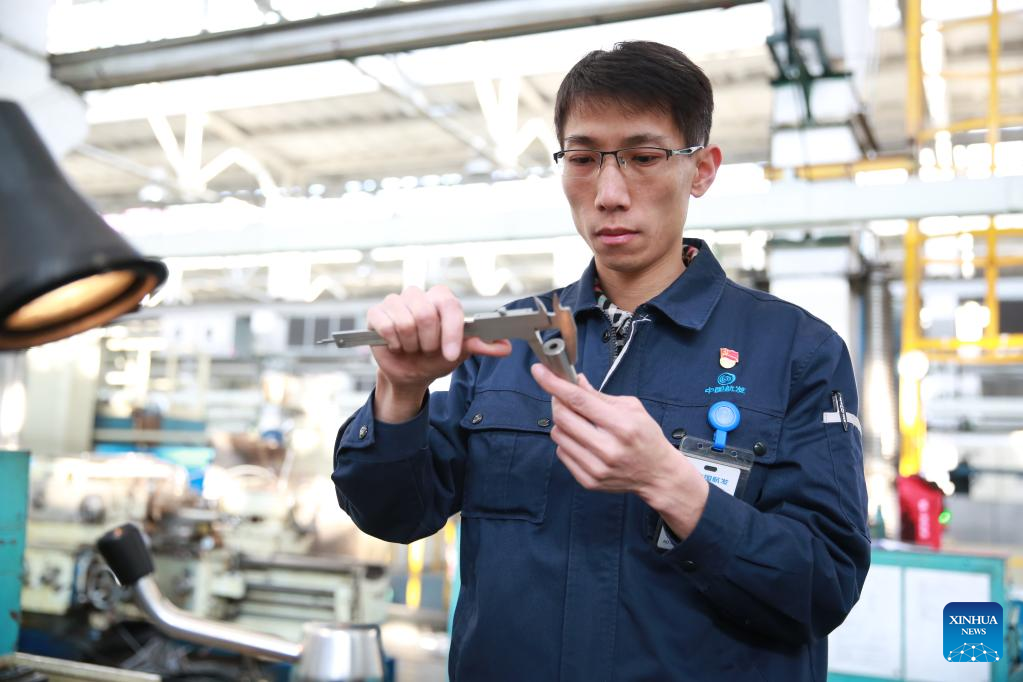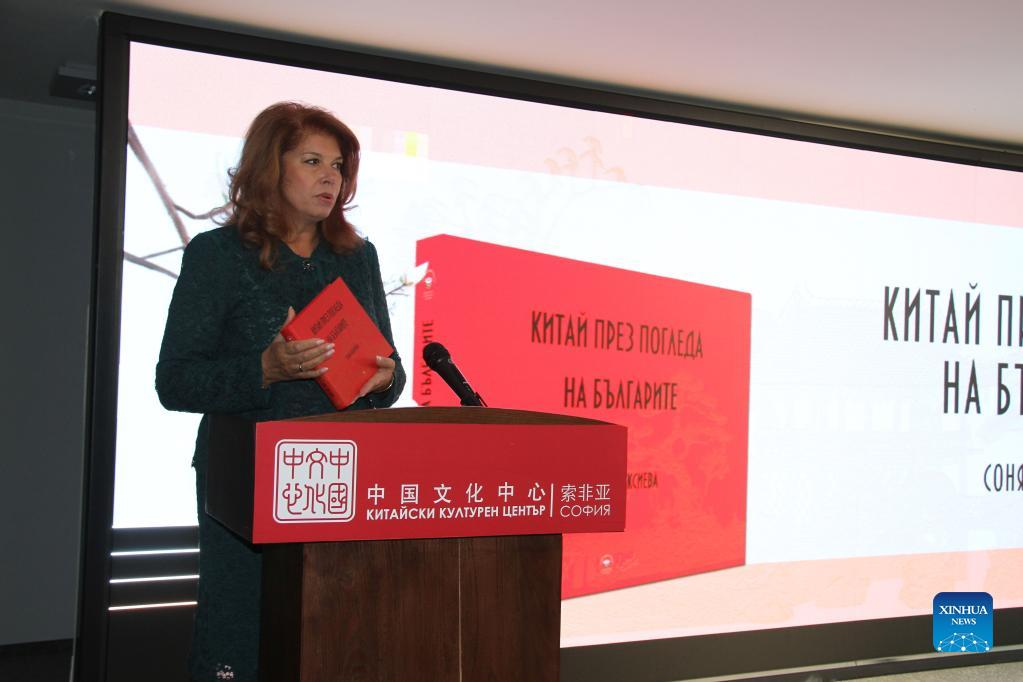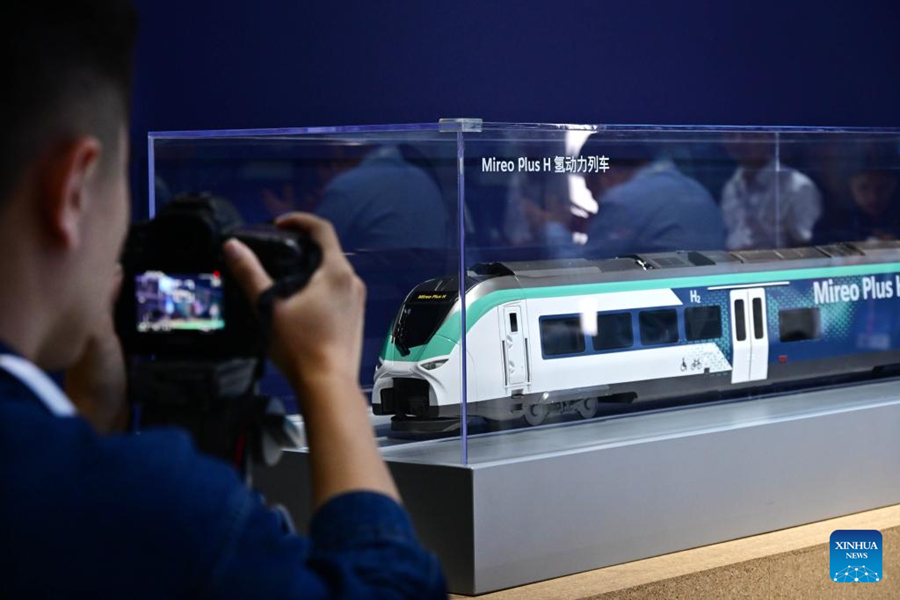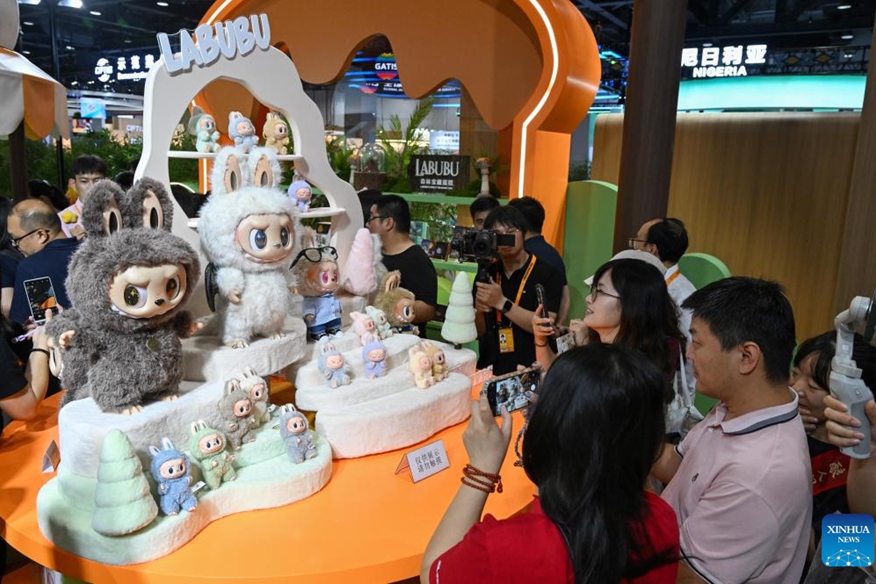
(Photo provided to Xinhua Daily)
Cities in Jiangsu Province are exploring the use of district energy system, an alternative to the conventional way of heating or cooling supply.
Gu Guodong, chairman of Far East Holding Group, said district energy stations have reached a mature stage in terms of technological and economic performance, and can operate with large capacity, high efficiency and intelligent operation. As a result, this system can effectively provide cooling, heating and hot water solutions district-wide, becoming the development direction of energy consumption in buildings.
“The district energy system can utilize a variety of clean energy sources and conversion technologies,” Gu added.
Through networks of underground pipes, the system can pump hot or cold water to multiple buildings, covering a floor area of up to millions of square meters. Supported by intelligent control systems, the operations can also integrate air ventilation and purification services to the buildings.
The group’s deputy general manager Huang Yifeng noted that a centralized cooling, simply put, delivers chilled water to user’s air-conditioning unit to cool down the indoor air. This method helps users reduce electricity and gas bills while eliminating the noise typically generated by standalone air-conditioners.
“Using 60%-80% less space than conventional air conditioners, the district energy station can save 20%-30% of coal use, and reduce noise pollution,” said Huang.
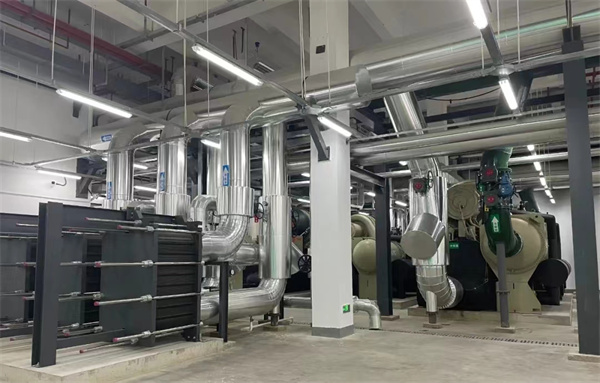
Hao Jianjun, head of centralized energy supply in Nanjing’s South New Town, said that centralized energy systems can save land area compared with conventional central air-conditioning units. “Two energy stations at South New Town with an area of about 8,000 square meters can serve buildings with a floor area of 2.4 million square meters, equivalent to an 80% space saving over conventional approach.”
At the same time, centralized energy supply systems eliminate the need to install separate cooling towers, boiler chimneys, and outdoor air conditioning units in each building. This results in reduced noise, less equipment vibration, and a more aesthetically pleasing environment, which improve the building’s space quality.
Currently, these systems are primarily deployed in central business districts, core commercial areas, parks for emerging industries, and office buildings. However, the possibility of expanding these energy-efficient systems to residential homes remain uncertain at this stage.
Huang stressed the importance of planning for the application of centralized energy supply systems. "In new business districts, industrial parks and resident buildings, where the population and building density are high, it is recommended to incorporate the system while maximizing the use of pipelines for electricity, water, communications, gas and steam."





